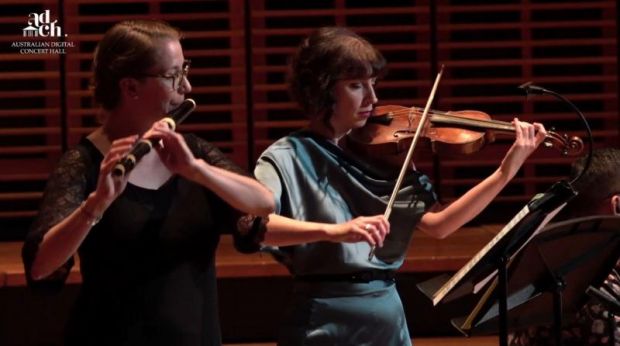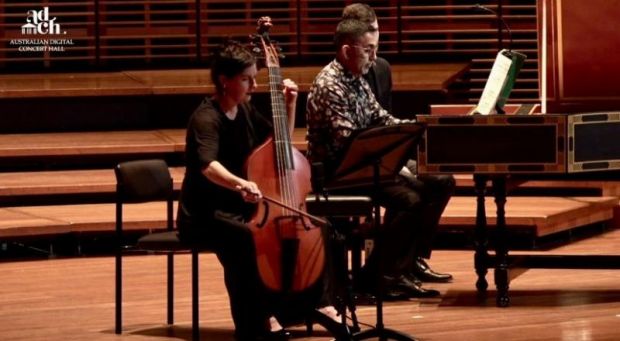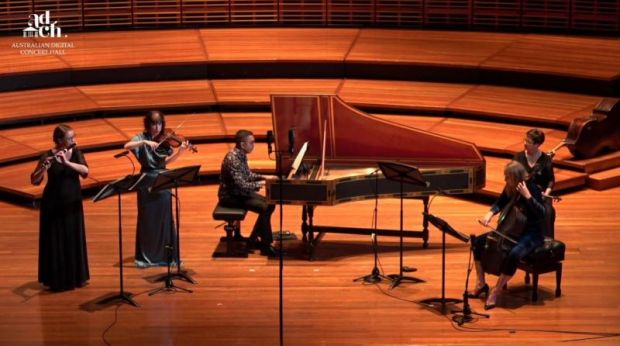The Weapons of Rhetoric
Rhetoric is the art of effective or persuasive speaking, but the voice isn’t the only “weapon” that can “speak” rhetorically. Last weekend ABC classical played 100 tracks that have persuasively set scenes in a range of different films. Hearing them takes the listener back to a time, a place, an emotion – just as effectively as words spoken in different tones or pitches.
In her book The Weapons of Rhetoric, Judy Tarling, considered the “world-wide expert on all things to do with rhetoric” writes of the historical importance of rhetoric and its links to music. Madeleine Easton and the Bach Akademie turn to Bach to explore that relationship between music and rhetoric.

To help the audience begin that exploration they call upon two masters in the art (and weapon) of rhetoric – Jonathan Biggins, actor and writer, and Jonathan Horton, QC and accomplished pianist. Together they explain the history of rhetoric from its early Greek origins – and the similarities between the principles of spoken and musical composition.
Easton believes that Bach’s music holds the attention of his listeners “in exactly the same way as a classical orator”, and in a carefully chosen and beautifully performed program, she supports her claim most effectively.

From short ‘conversations’ between two instruments to parallel discussions by a lone instrument, to six instruments weaving around each other, the musicians of the Bach Akademie demonstrate what Tarling describes as the “shared language of music and speech”. Rhythm, time, pace, tone, phrase, emphasis, articulation are just some.
Bach’s “Rhetorics” are performed by Easton (violin), Julia Fredersdorff (violin), Karina Schmitz (violin and viola), James Armstrong (violin), John Ma (viola), Laura Vaughan (viola da gamba), Jenny Eriksson (viola da gamba), Anthea Cottee (cello) Kirsty McCahon (violone), Mikaela Oberg (flute) and Neal Peres Da Costa (harpsichord).

From the Sonata No 2 for Viola da Gamba and Harpsichord to the Ricercar a 6 to the Brandenburg Concerto No 6, they show just how persuasive and discursive music can be. In the Adagio and Fugue from Sonata No 1 in G minor, Madeleine Easton skilfully demonstrates how one violin can ‘hold a four way debate on a single instrument”. Performing the Puzzle Canons from Musical Offering 1079 the musicians expounded Bach’s musical answer to a verbal challenge from Frederick the Great.
Between performances, the guest ‘orators’ informed and enlightened the audience with historical and musical insights into just how we can be manipulated by the many “weapons of rhetoric”.
Carol Wimmer
Images: Courtesy Australian Digital Concert Hall.
Subscribe to our E-Newsletter, buy our latest print edition or find a Performing Arts book at Book Nook.

